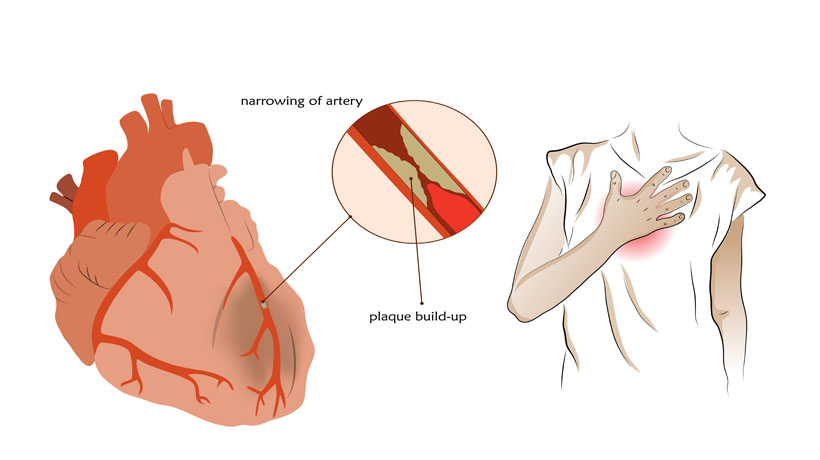Scientists have concluded that heart disease symptoms are revealed much differently in women than men. Not only is this a fascinating find, but the importance of detecting symptoms can prevent a woman from experiencing an unexpected heart attack. According to the medical journal Circulation, 80percent of women reported experiencing one symptom for more than a month before their heart attack.
Different symptoms
Duke Clinical Research Institute explains the differences in sex when reporting potential heart disease symptoms. Chest pain is a common sign experienced by both men and women, however, the pain is described differently. Men experience a dull ache or burning sensation in their chest, whereas women describe their pain as crushing pressure or tightness.
Women are more likely than men to experience back, neck, or jaw pain, along with palpitations as their primary presenting symptoms, whereas men are most likely reported to feel fatigue and weakness. Women are also more likely to report nausea or vomiting, indigestion, loss of appetite, cough, dizziness, and palpitations.
Atiq Rehman, MD, of Cardiothoracic Surgical Services at Lourdes Medical Associates, provides his insight as to why women may experience different symptoms than men. He believes that psychosocial factors are involved in the expression of symptoms. Since it is common for women to have multiple distractions like work, family, and kids, this creates undue anxiety, stress or depression, which may mask classical symptoms of a heart attack.
Likeliness for heart disease
Bairey Merz, the director of the Women’s Heart Center at the Cedars-Sinai Heart Institute, states women tend to have ischemic heart disease or heart problems caused by narrow arteries. He states, “Women with ischemic heart disease generally have major arteries that are clear of plaque, but the smaller coronary blood vessels cease to constrict and dilate properly, creating the lack of blood flow and oxygen to the heart.”
Women who exhibit symptoms of ischemic heart disease can benefit from treatments ranging from proper medication to reduce heart attacks and control symptoms, as well as lifestyle changes, such as losing weight, eating a low-fat diet and exercising regularly. However, women can have normal angiograms even when they have ischemic heart disease.
Risks for women
The Cedars-Sinai Institute says that women who have a history of irregular menstrual cycles, estrogen deficiencies, and polycystic ovary syndrome may have a higher risk of developing heart disease as they age.
Women are often told their stress tests are normal or that they have “false positives.” Bairey Merz says doctors should pay attention to symptoms such as chest pain and shortness of breath rather than relying on a stress test score.
Even though we remain limited knowledge when detecting the symptoms of heart disease in women, it is important to take note of the mentioned symptoms and seek treatment provided by your physician.
Sources:
https://www.ncbi.nlm.nih.gov/pubmed/14597589
https://dcri.org/symptoms-different-care-women-men-heart-disease/
https://www.nih.gov/news-events/news-releases/heart-attack-symptoms-women-are-they-different
https://www.cedars-sinai.edu/About-Us/HH-Landing-Pages/When-it-comes-to-heart-disease-women-and-men-are-not-equal.aspx



